Your Dog Could Have a Royal Bloodline If It’s One of These
Unlike breeds raised for chasing sticks or guarding fences, some dogs were born into silk sheets and quiet rooms where crowns were common. These breeds lived alongside rulers, often becoming symbols of power and loyalty in ways only a royal pet could.
Cavalier King Charles Spaniel
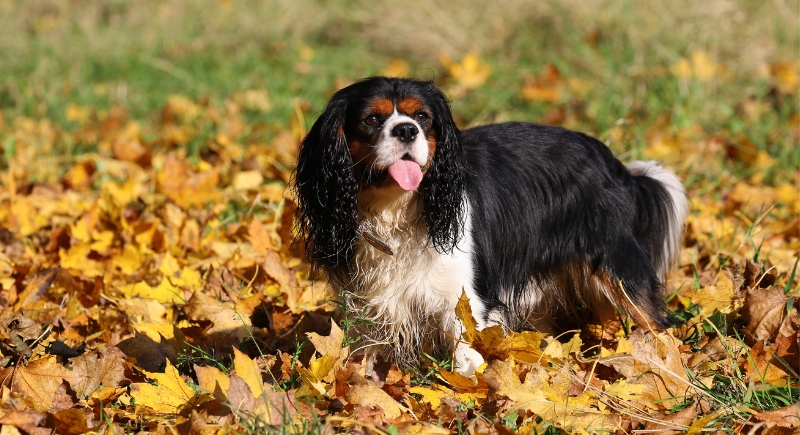
Credit: Getty Images
King Charles II loved his spaniels, and he built their legend. These affectionate dogs were seen alongside him in court, public places, and royal portraits. The breed’s name honors their link to the monarch, who once declared they were welcome anywhere he went, including the halls of Parliament.
Shih Tzu
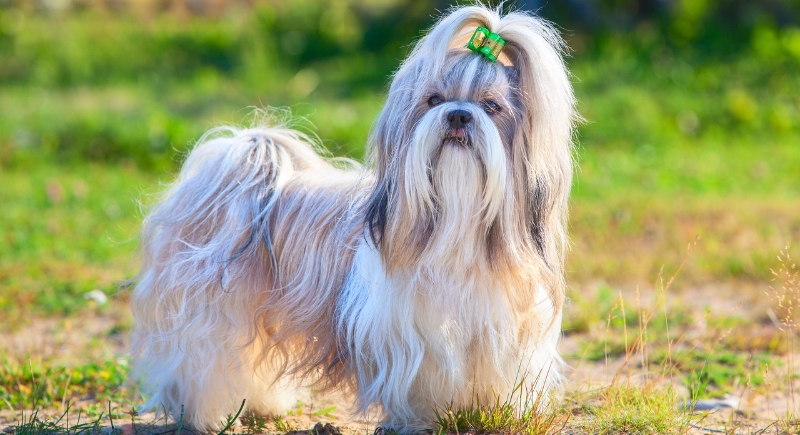
Credit: Getty Images
Few breeds are as entwined with palace life as the Shih Tzu. Gifted by Tibetan monks and raised within the Forbidden City, they were seen as symbols of prosperity. Emperors treasured them, and Dowager Empress Cixi famously kept an entire kennel of these lion-faced companions behind palace walls.
Great Pyrenees
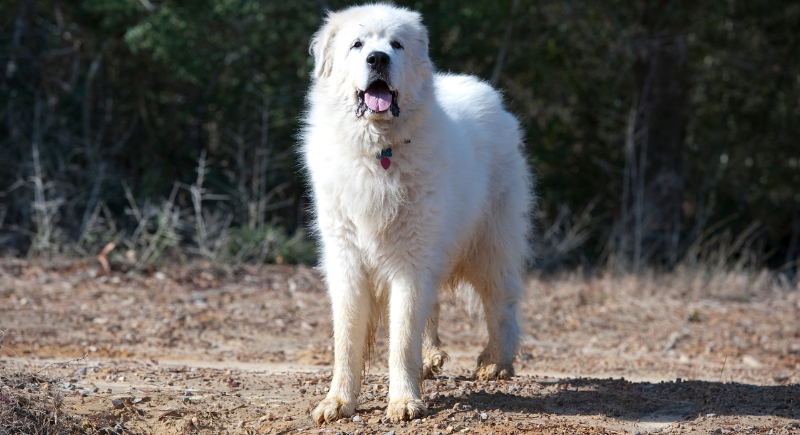
Credit: Getty Images
Aristocrats in 17th-century France were drawn to beauty, but they also needed guardians. The Great Pyrenees delivered both. King Louis XIV named them France’s royal dog in 1675, while Queen Victoria also brought them into her court. These gentle giants once protected flocks and now carry a history of nobility.
Pekingese
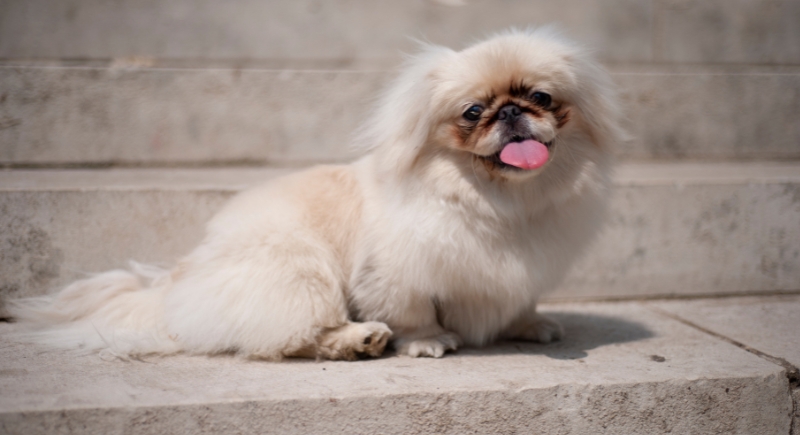
Credit: Getty Images
In ancient China, the Pekingese were sacred, and their theft was punishable by death. After British forces entered the Summer Palace, Queen Victoria received one of the first brought to Europe. Known as “Looty,” the little lion-like dog carried a legacy far beyond her petite frame.
Saluki
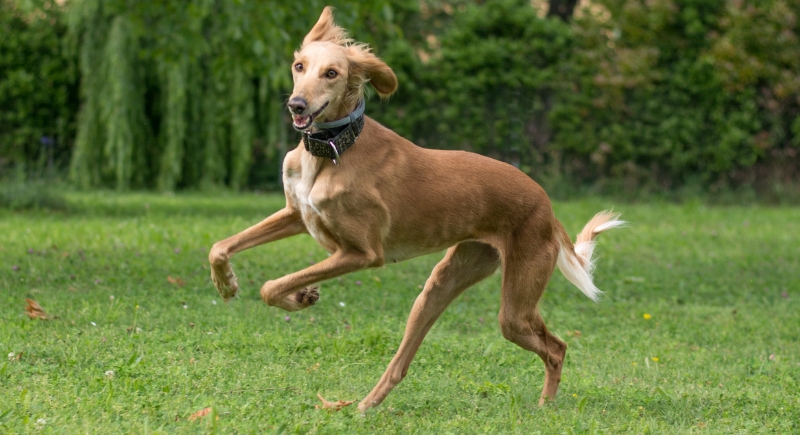
Credit: Getty Images
No other breed shares the Saluki’s divine status in early civilization. Egyptians painted them in tombs, buried them with pharaohs, and revered their loyalty. These swift, elegant dogs were also favored by Middle Eastern nobility for their grace and ability to chase gazelle across desert terrain.
Greyhound
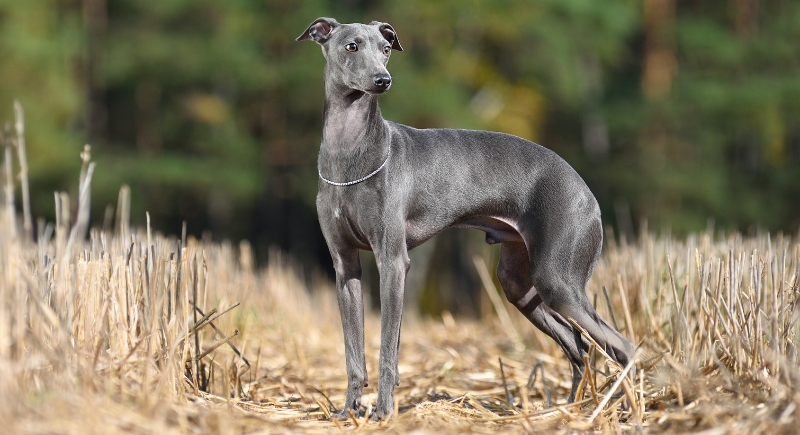
Credit: Getty Images
Royal courts once measured grace in motion, and Greyhounds led the pack. Ancient Egyptians and Romans saw them as status symbols, and their likeness appears in mosaics, myths, and murals. Even Alexander the Great reportedly mourned his Greyhound, Peritas, as deeply as any fallen warrior.
Pembroke Welsh Corgi
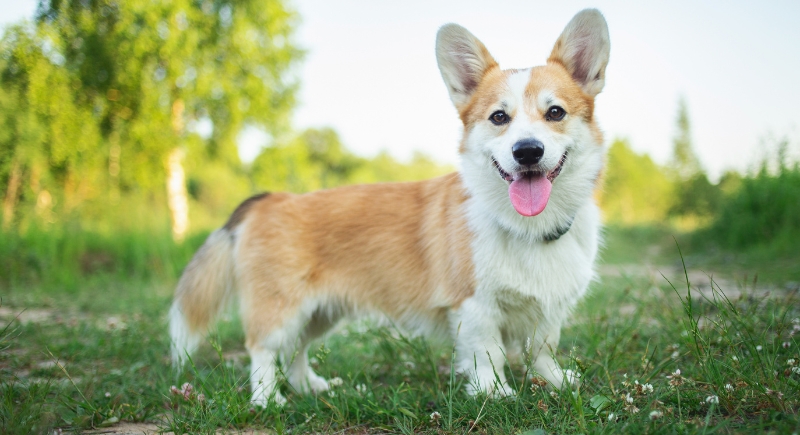
Credit: Getty Images
The British monarchy has rarely been seen without short legs and pointy ears at its heels. In 1944, Princess Elizabeth received a corgi named Susan. That dog began a decades-long royal line, producing generations of royal companions that became forever tied to Queen Elizabeth II’s public image.
Pug
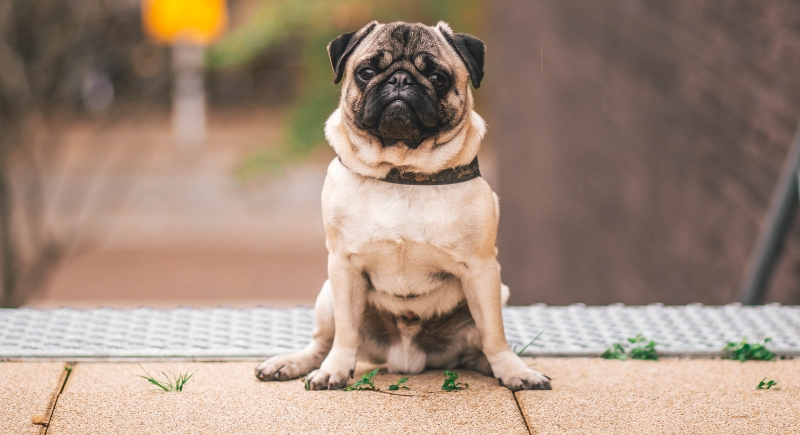
Credit: pexels
From silk cushions in Chinese palaces to tapestries in Dutch estates, Pugs have lived at the heart of power. They served as lapdogs to emperors and later as symbols of the House of Orange. One even earned fame for reportedly alerting William the Silent to an attempted attack.
Poodle
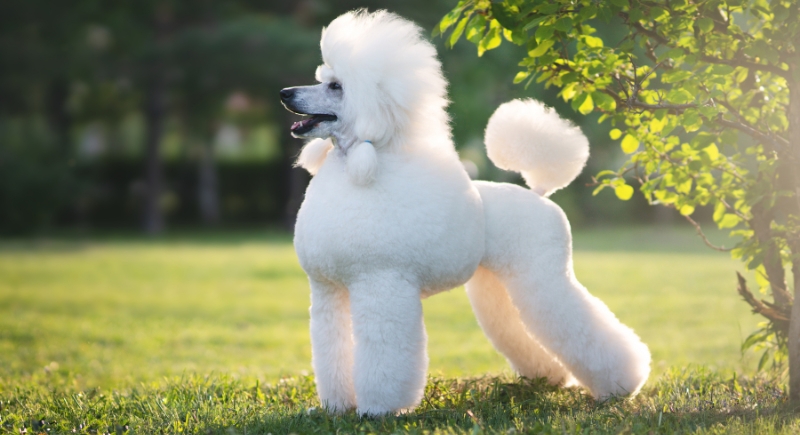
Credit: Getty Images
French courts turned the Poodle into a fashion icon. King Louis XIV kept one named Filou. Across the Channel, Prince Rupert’s Poodle, Boy, gained notoriety as a wartime companion. Behind the refined coat was a clever, courageous dog that royalty admired in every era.
Bichon Frise
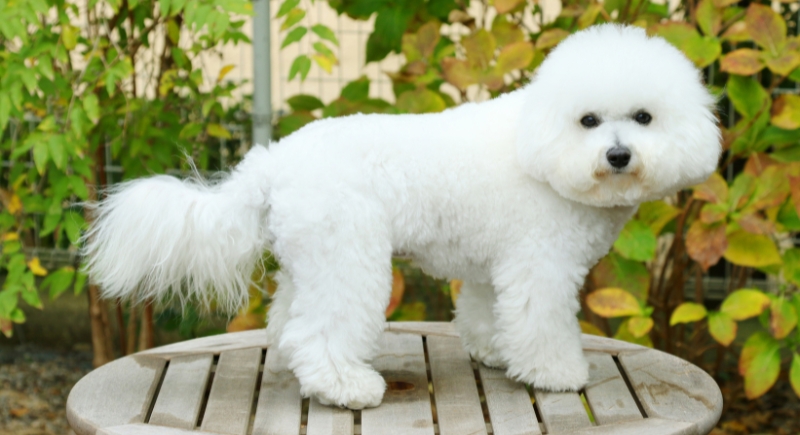
Credit: Getty Images
The Bichon Frise once enjoyed velvet-lined baskets and palace corridors. Spanish and Italian nobles adored them before they won French hearts during the Renaissance. King Henry III famously carried his everywhere. Their charm earned them a second life in England.
Japanese Chin
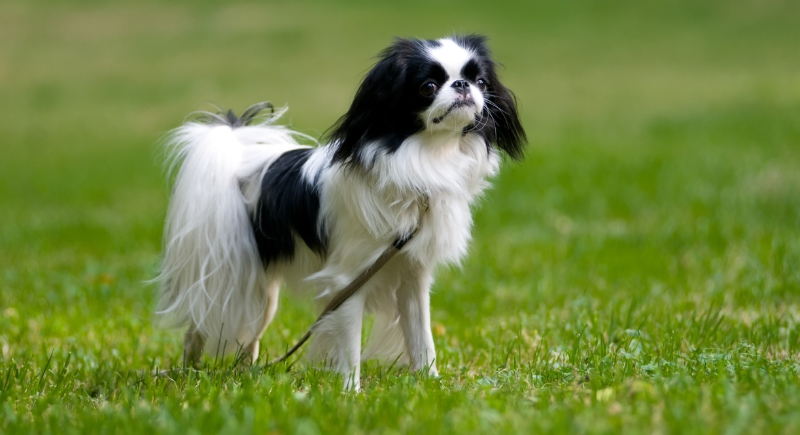
Credit: Getty Images
Royal households in Japan treated the Japanese Chin as living ornaments that were symbols of refinement. Introduced from China through Buddhist monks, these dogs were so prized that ownership outside the imperial family was once forbidden.
Pharaoh Hound
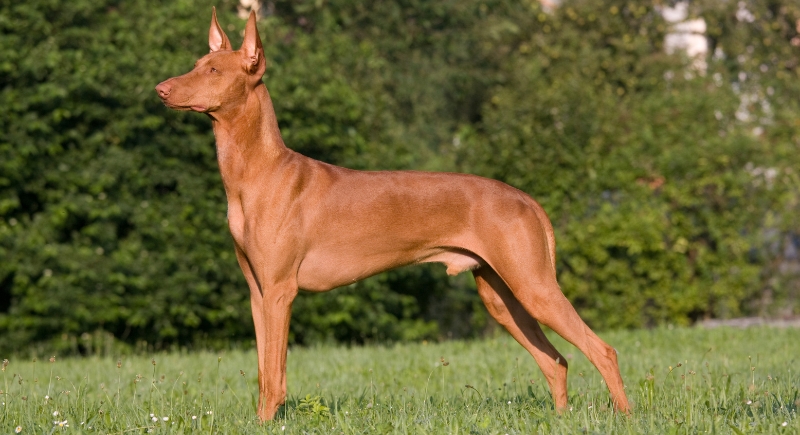
Credit: Getty Images
The Pharaoh Hound appears in Egyptian tombs dating back over 5,000 years. Though its exact lineage remains debated, its resemblance to dogs of the pharaohs is striking. Today, it’s recognized as the national dog of Malta and admired for its elegance.
Chihuahua
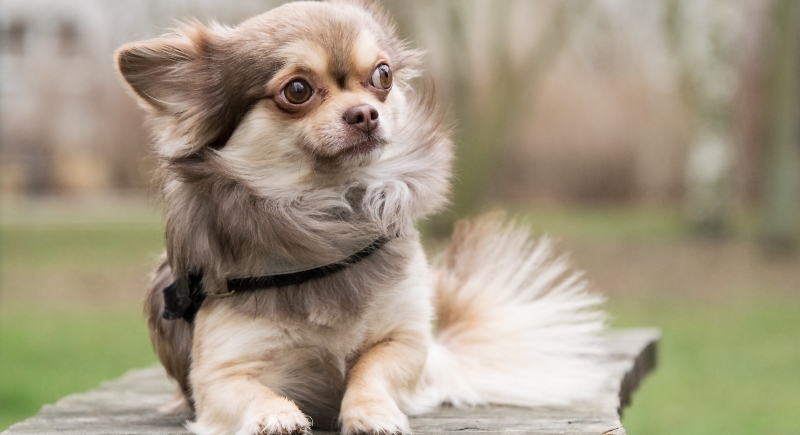
Credit: pixabay
Chihuahuas descend from the Techichi, a breed held sacred by the Toltec and Aztec civilizations. They were buried beside nobility to help guide spirits in the afterlife. This spiritual connection elevated their status, and their legacy lives on in Mexico’s cultural and archaeological record.
Maltese
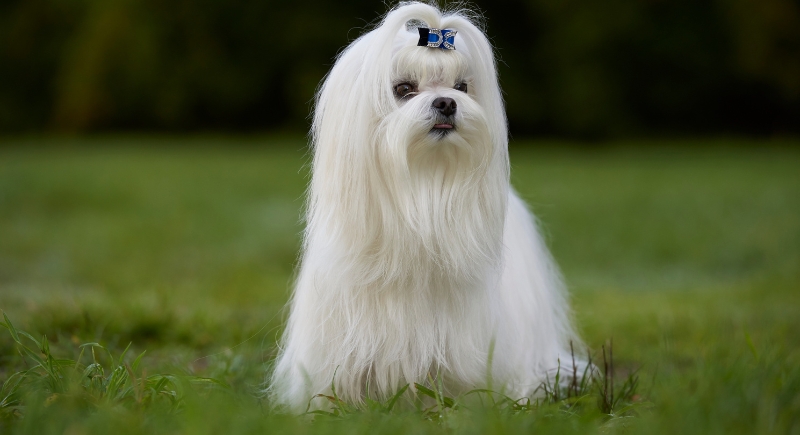
Credit: Getty Images
Across centuries and continents, the Maltese dog remained a fixture in elite circles. Ancient Greeks honored them with tombs, and Romans believed they healed the soul. Queens Elizabeth I and Victoria brought them into English royal life.
Yorkshire Terrier
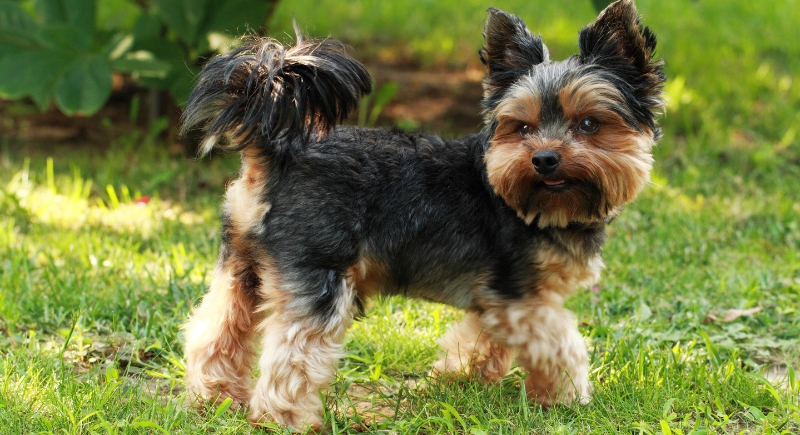
Credit: Getty Images
A rough start in 19th-century textile mills didn’t stop this breed from becoming a favorite of Victorian aristocrats. The Yorkshire Terrier’s petite size and shiny coat helped it transition from rat-catcher to lapdog. Over time, they found a home on silk cushions in Britain’s most fashionable homes.